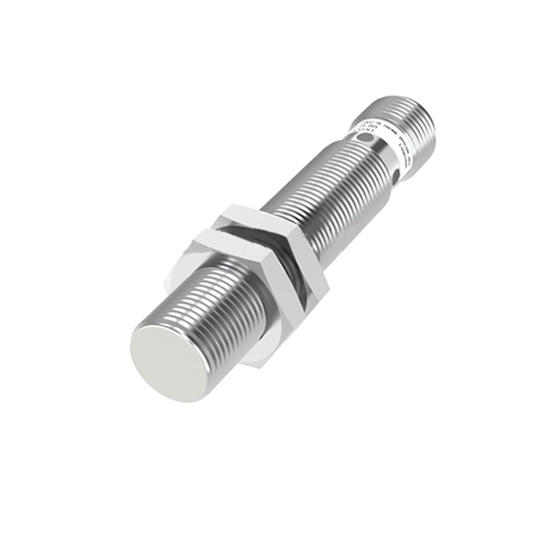
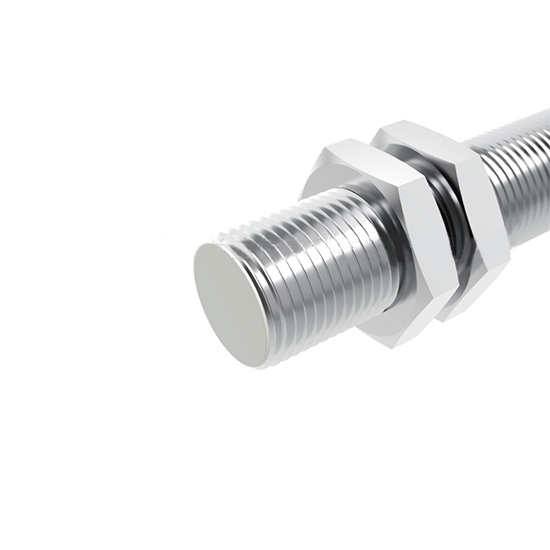
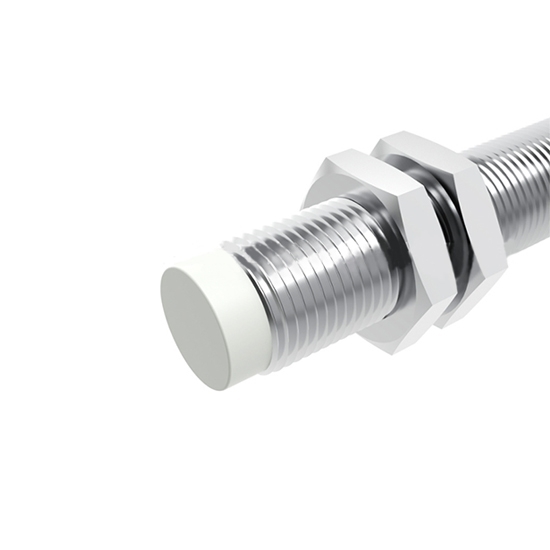
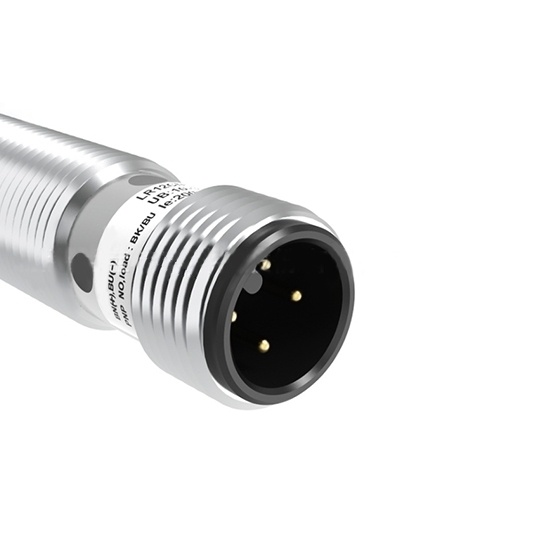
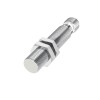
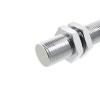
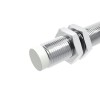
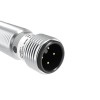
- Stock: In Stock
- Model: RDDLZ-LR12X
- Weight: 1.00
- SKU: RDDLZ-LR12X
Available Options
Factory price inductive proximity sensor with flush and non-flush two different installation types, detection range 0.4-2mm/ 0.8-4mm, switching frequency 200Hz/ 100Hz. Inductive sensor analog output has advantages of light weight, small size and long service life.
Specification
| Model | RDDLZ-LR12X | |
| Installation type | Flush | Non-flush |
| Rated distance | 2mm | 4mm |
| Detection range | 0.4-2mm | 0.8-4mm |
| Switching frequency | 200 Hz | 100 Hz |
| Analog signal output | 0-10V/ 0-20mA/ 4-20mA/ 0-10V+0-20mA | |
| Diameter | M12 | |
| Connection type | M12 connector/ 2m PVC cable | |
| Supply Voltage | 15-30VDC | |
| Standard target | Fe 12*12*1t | |
| Switch-point drifts | ≤±10%/ Sr | |
| Linearity | ≤±5% | |
| Repeat accuracy | ≤±3% | |
| Load current | ≥4.7KΩ (voltage output) ≤470Ω (current output) | |
| Current consumption | ≤20mA | |
| Loop protection | Reverse polarity protection | |
| Power indicator | Yellow LED | |
| Ambient temperature | -25℃-70℃ | |
| Ambient humidity | 35-95% RH | |
| Voltage withstand | 1000V/ AC 50/ 60Hz 60s | |
| Insulation resistance | ≥50MΩ (500VDC) | |
| Vibration resistant | Complex amplitude 1.5mm 10-50Hz (X, Y, Z directions for 2 hours each) | |
| Protection class | IP67 | |
| Housing material | Nickel-copper alloy | |
| Certificates | CE, UL,CCC, ROHS | |
| Warranty | 12 months | |
Dimension (unit: mm)
Wiring diagram
0-10V 0-10V+ 0-20mA
0-20mA/ 4-20mA
Tips: Analog output inductive proximity sensors VS. Inductive proximity sensors
The analog output inductive proximity sensor can reflect the distance or proximity between the target object and the sensor in real time by outputting a continuous analog signal (such as voltage or current). It is suitable for application scenarios that require accurate distance measurement and position feedback, such as precision positioning and process control in automation equipment. It can be directly connected to the analog input module of the PLC to achieve fine monitoring and intelligent adjustment of the production process.
In contrast, ordinary inductive proximity sensors usually only output switching signals, which are used to simply determine whether the target enters the sensing range and provide binary detection of "yes" or "no". It can be directly connected to the digital input port of the PLC and is suitable for basic automation applications that do not require high accuracy and only require target presence detection.
